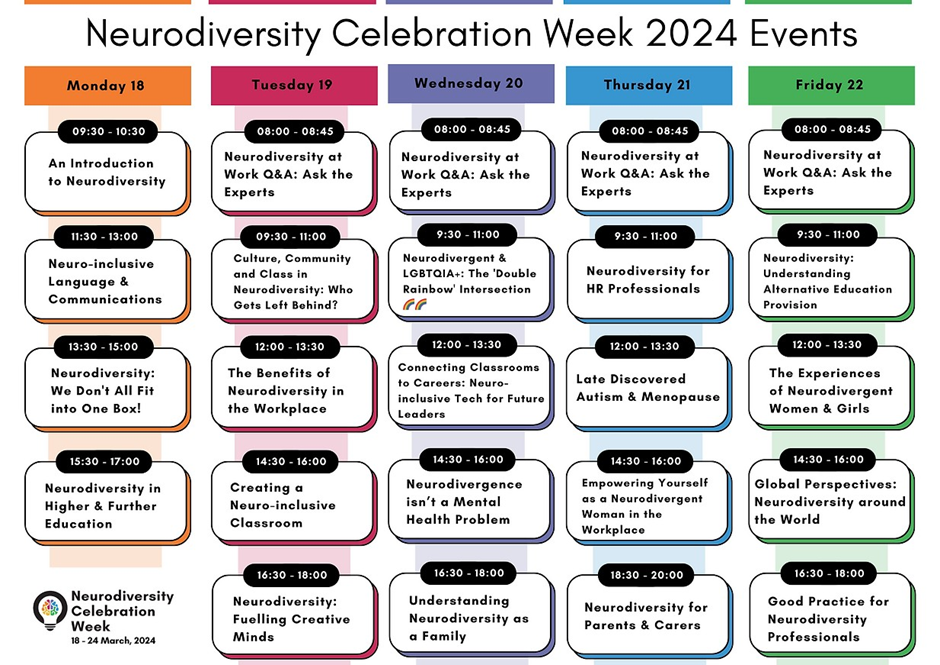Neurodiversity Celebration Week 18th-24th March 2024
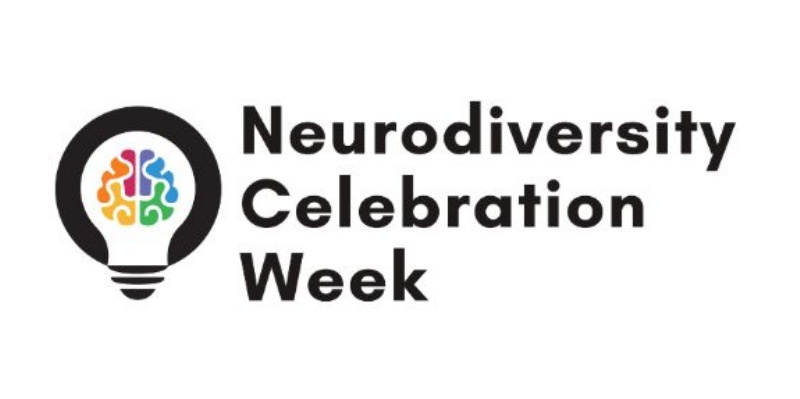
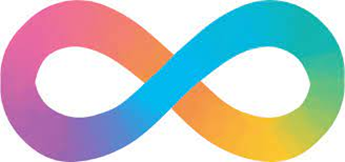 What is neurodiversity?
What is neurodiversity?
Everyone has a differently-wired brain and their own unique way of thinking, interacting and experiencing the world. Neurodiversity is based on the concept that neurological variances should be recognised and respected just like any other human variation, such as gender, race or sexual orientation. Neurodiversity is about recognising that everyone’s brain works differently.
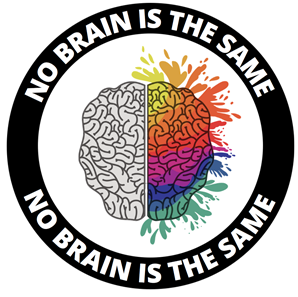 No Human Brain Is Exactly Alike
No Human Brain Is Exactly Alike
There is no ‘standard’ human brain against which all other human brains can be compared. On the contrary, the human brain is so complex that no brain is exactly alike. The wide range of natural neurological variations of the brain affect the way that people think, learn and process information. So, during Neurodiversity Week, we're celebrating this uniqueness. We're recognising that every brain is wired differently. It's all about understanding and accepting that each of us learns and sees the world in our own way.
Respecting Differences
Imagine a world where everyone looked the same, talked the same, and thought the same. Sounds pretty boring, right? That's because it is! Our differences are what make the world exciting, vibrant, and full of possibilities. Whether it's the way we look, the way we speak, or the way our brains work, each of us brings something unique to the table. And you know what? That's something to celebrate, not judge. Respecting differences isn't just about being nice to each other – it's about recognising the value in differences. It's about understanding that just because someone is different from you, it doesn't make them any less important or worthy of respect. Instead of seeing these differences as something unusual or strange, Neurodiversity Celebration Week is all about appreciating and honouring the wide spectrum of neurological variations. Our brains are incredibly intricate, much like fingerprints – no two are exactly alike.
Do These Differences Have a Name?
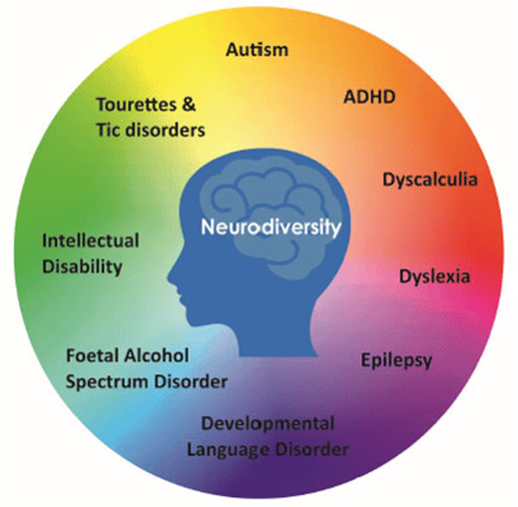 Some of the different ways of thinking, learning, interacting and perceiving the world have been given labels. For example:
Some of the different ways of thinking, learning, interacting and perceiving the world have been given labels. For example:
But before we dive into understanding how these neurological differences affect the brain, let's take a moment to highlight their strengths. Each of these labels represents a unique way of experiencing the world. So, as we explore these differences, let's keep in mind the incredible strengths that come with them. Because when we focus on strengths rather than limitations, we can better appreciate the diverse talents and abilities that each of us brings to the table.
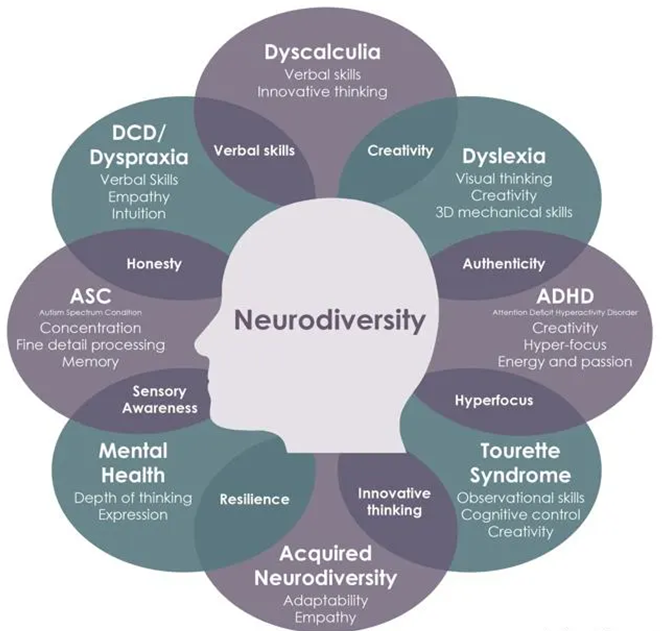
For example, one of the remarkable strengths associated with ADHD is hyperfocus. While attention can sometimes be challenging to maintain, individuals with ADHD often have the ability to hyperfocus intensely on tasks they find engaging or interesting. This can lead to bursts of incredible productivity and innovation, where they can accomplish tasks with remarkable efficiency and creativity.
Individuals on the autism spectrum often have a remarkable attention to detail. They possess the ability to notice patterns and discrepancies that others might overlook, thanks to their keen observation skills. This attention to detail can be incredibly valuable in various fields, such as science, engineering, and the arts, where precision and accuracy are paramount.
These are just a couple of examples of the many strengths that neurodivergent individuals have. Each person's unique neurodiversity offers a wealth of talents and abilities that enrich our communities and contribute to the diversity of thought and perspective that makes our world so vibrant.
Attention Deficit Hyperactivity Disorder (ADHD)
About 4% of the population have Attention deficit Hyperactivity Disorder. It affects a person's ability to regulate attention, control impulses, and manage hyperactivity. Some can also have difficulties in regulating emotions, leading to mood swings, irritability, or emotional outbursts. People with ADHD can be some of the most creative members of a team, bringing energy and new approaches to their projects. Several studies have shown that people with ADHD tend to be out-of-the-box thinkers and calm under pressure. It is important to note that these strengths and weaknesses can vary greatly depending on the individual.
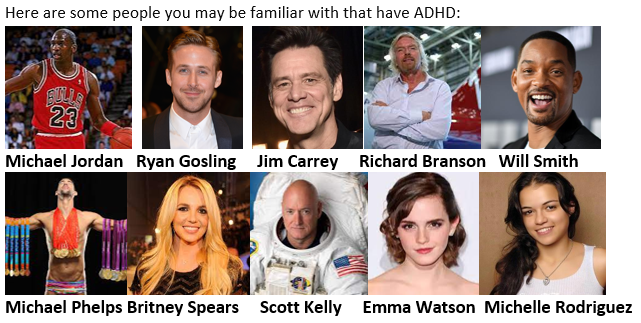
Autism
About 2% of the population has Autism. Autism affects how a person perceives the world, interacts and socialises with others. This can make it challenging for them to pick up social cues and interpret them. People with Autism can be sensitive to lights, noise, touch and smells, which can sometimes cause them distress. Sometimes, social Interaction can be difficult. There can be difficulty understanding social cues, body language, and unwritten social rules, which can make social interactions challenging. This may lead to feelings of isolation or difficulty forming friendships.
However, they can be highly logical and can be good at absorbing and remembering facts, attention to detail, and recognising patterns. They also possess many qualities that make a great friend, such as loyalty, honesty and acceptance of others.
It is important to mention that not everyone who has a neurodivergent condition such as autism presents in the same way. It is possible for people to experience different characteristics, and that is why it is sometimes referred to as being on a ‘spectrum’. Stereotypes should be avoided at all costs.
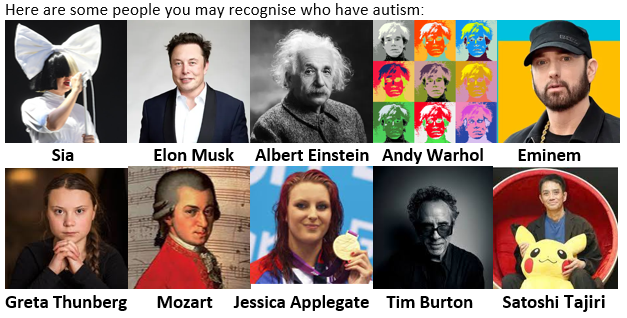
Dyslexia
About 10% of the population are dyslexic and 10-15% have Irlens. These are language processing difficulties that can cause challenges with reading, writing and spelling. It's the brain's inability to process information correctly causing words to move or distort on a page. It can cause challenges with processing information quickly, organisation and sequencing. To help with reading, they can use different coloured paper, a clear coloured plastic overlay or coloured glasses to help them see the words clearer.
Here is an example of what someone with dyslexia sees:
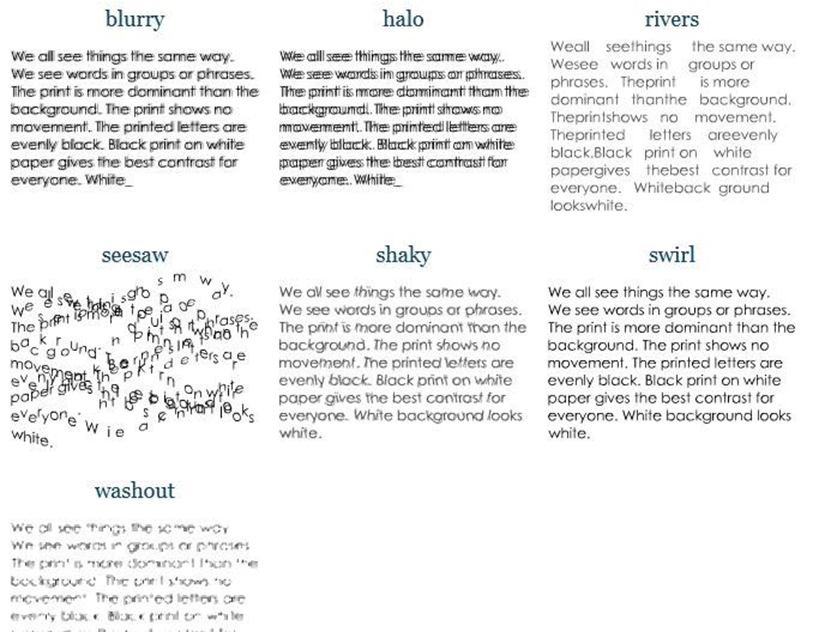
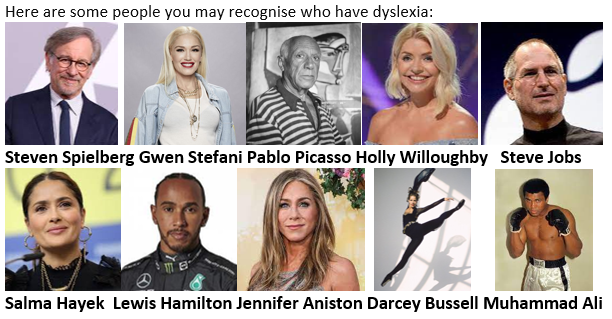
Developmental Coordination Disorder (DCD, Dyspraxia)
About 6% of the population are dyspraxic. Dyspraxia affects your physical coordination. Sometimes dyspraxia can be misperceived as clumsiness. Dyspraxia can affect your fine motor skills, such as your handwriting, ability to tie your shoes and doing up buttons. It can also affect your gross motor skills, such as being able to catch and kick a ball, run and ride a bicycle. Dyspraxia can also affect your ability to organise yourself. Dyspraxic people are creative, determined and really good at developing their own strategies to overcome difficulties.
Dyscalculia
About 5% of the population have dyscalculia. Dyscalculia affects an individual’s ability to acquire and use mathematical skills. For some, it affects how they see numbers. For others, it might make symbols difficult to read, or they may have trouble understanding finances, data and using numbers in everyday life. People with dyscalculia often have strengths such as intuitive and strong strategic thinking, are very creative and have a love of words.
Tourette Syndrome (TS)
About 1% of the population have Tourette Syndrome. Tourette Syndrome causes sudden, uncontrolled, repetitive muscle movements or sounds called “tics”.
Stressful situations can make the tics more frequent, longer and more severe.
Living with Tourette's requires resilience, adaptability, and courage. Creativity often shines brightly in individuals with Tourette's. Many have a natural flair for artistic expression, whether it's through painting, writing, music, or other forms of creativity. They are often high-achieving, creative and empathetic.
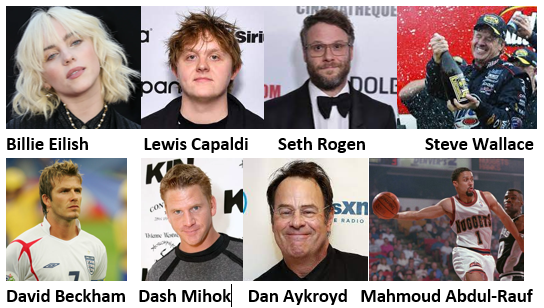
What is Neurodiversity Celebration Week About?
Neurodiversity Week is a celebration, an opportunity for us to come together and embrace the beautiful spectrum of neurological differences that exist among us. It's about recognising and honouring the unique strengths, talents and perspectives that neurodiverse individuals bring to our community.
So let's learn, let's empathise, and let's celebrate Neurodiversity Week, because understanding and acceptance are the keys to building a truly inclusive and compassionate society.
What Can You Do To Help?
- Don’t tease or make fun of anyone in your class who is different or who is finding something difficult, needs time out or uses different coloured paper.
- Instead, be kind, understanding and encouraging.
- Never forget that you have the power to make a positive difference to someone who may be having a difficult time.
- Make someone’s day by being understanding and kind.
There are several free webinars this week (see below) that can be signed up for via https://www.neurodiversityweek.com/events along with more information about worldwide Neurodiversity Celebration Week at www.neurodiversityweek.com/
Mrs Meyer, Assistant Headteacher and SENCo
Mrs Sitch, Higher Level Teaching Assistant (SEND department)
